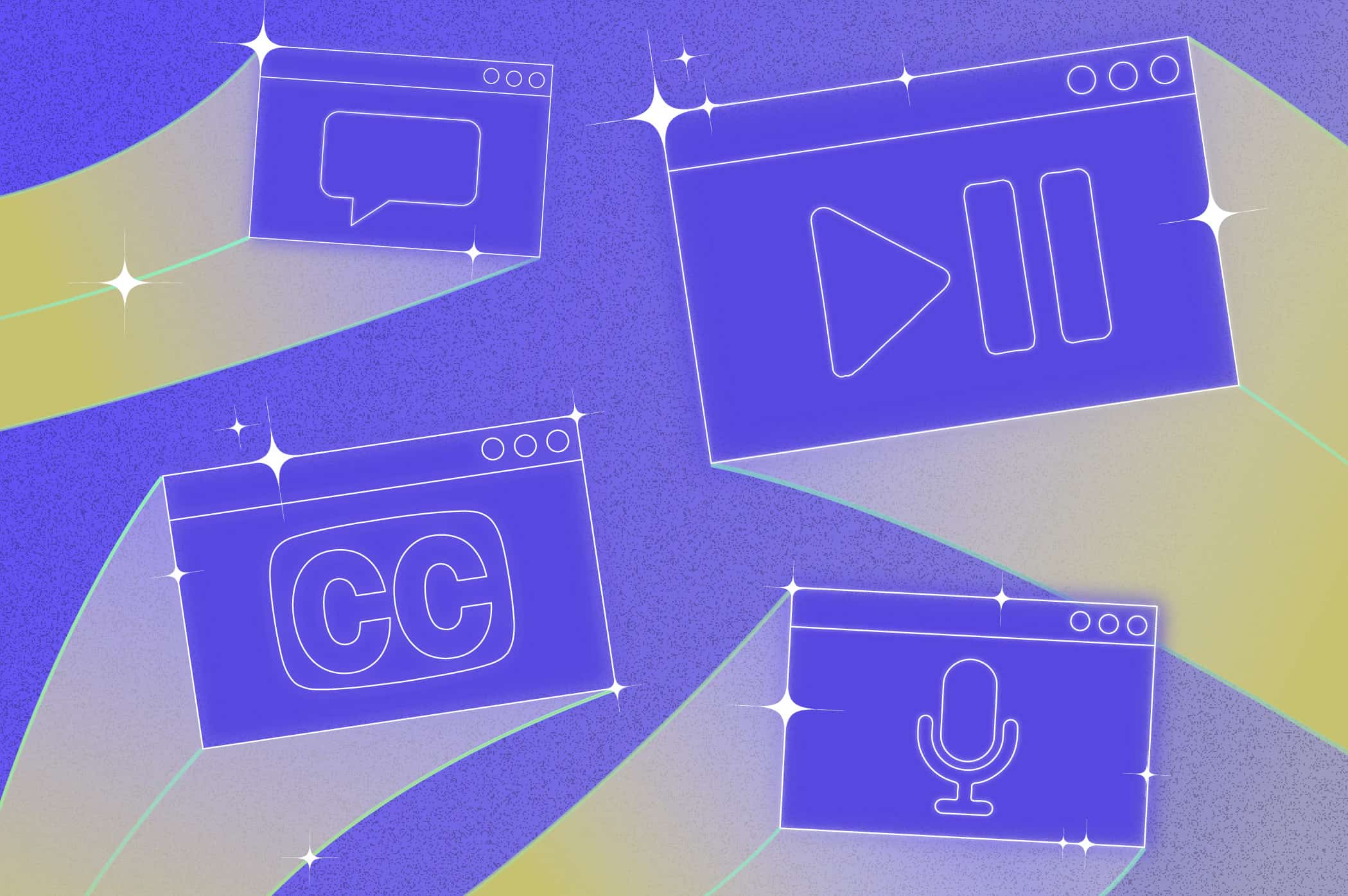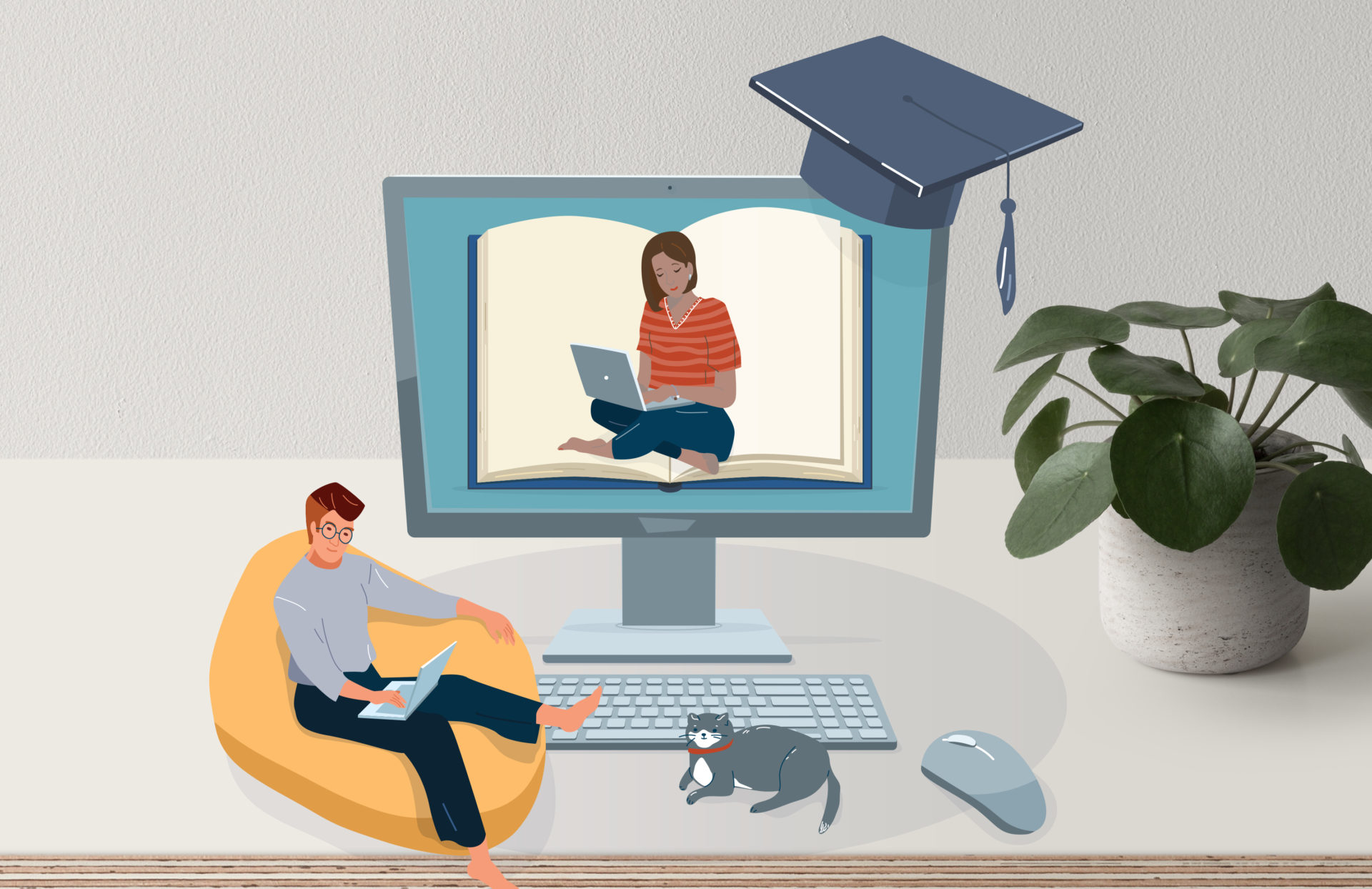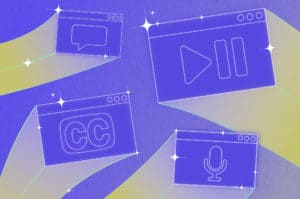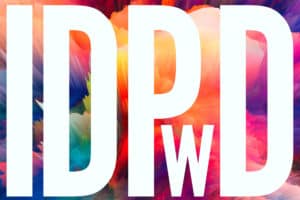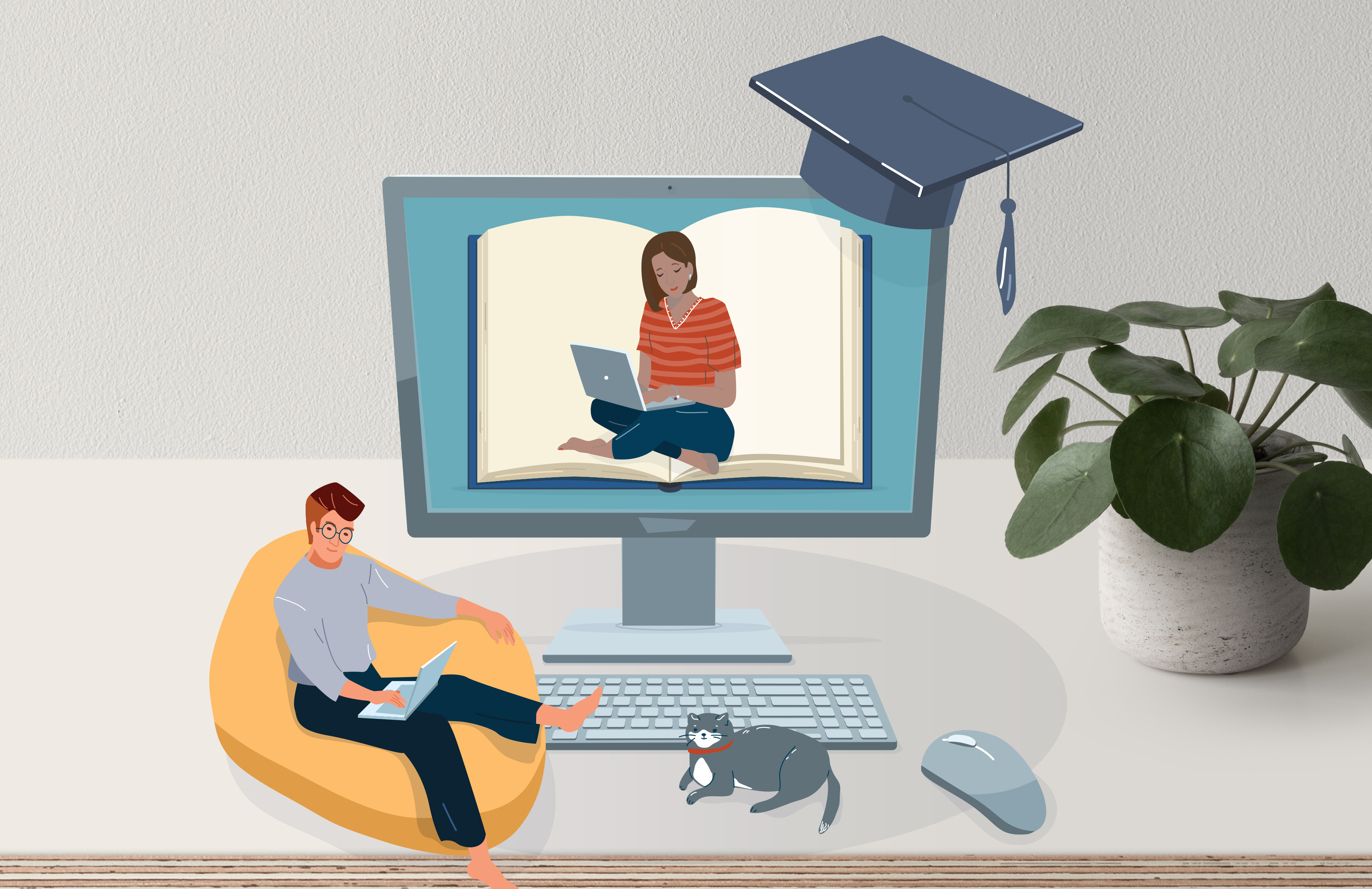
Ai-Media Staff on their Experience of Invisible Disability and Accessibility
Disability is both a common and a very individual experience.
About 15% of the world’s population lives with some form of disability, according to the World Health Organization, and almost everyone will temporarily or permanently experience disability at some point in their lives.
Often, when we come across the term ‘people with disability’, there can be a lot of assumptions. If you search this term in Google images, for example, you will overwhelmingly return images of someone using a wheelchair, people using canes or crutches, or people with other visible, physical disabilities.
And while these are true and valid expressions of disability, there are also many, many more. And many of them are invisible.
Invisible disabilities are those that are not visible to a stranger. They include all types of mental illness, autism, deafness, Attention Deficit Hyperactivity Disorder (ADHD), Multiple Sclerosis (MS), chronic pain and fatigue, brain injury, diabetes… the list goes on. If you have one of these disabilities, you are in good company!
The experience of disability is incredibly vast, and is not represented by any one experience or person.
Making the World Accessible
Even if only one person in the world had disability, we would argue for access. Because every single person should have equal access to information, choice and control in their lives.
Accessibility is the reason Ai-Media exists. We’re proud of this, and we’re proud of our vision to make the world accessible, one word at a time.
For this International Day of People with Disabilities – for which the theme is, ‘Not all disabilities are visible’ – we decided to reach out to all the wonderful people inside Ai-Media to ask for their reflections on disability, accessibility, and impact. Plus, some great art they have made!
Here is what some of our staff came back with.
Lee Juckiewicz
“As somebody who has struggled with depression since a young age, I’ve had to come to terms with the fact that as much as I’d like to be able to just sit back and relax when the work day is done, sometimes my mind struggles to focus.
For a long time, I thought this was a failing on my part, until a doctor finally told me that it was a symptom of my depression that I could manage with a few simple steps, and it was a game-changer for me.
This is where accessibility is really useful to me; sometimes I need to turn on subtitles or I’m not able to process a television show I’m watching, and other times the font on a website makes it difficult for me to read, so being able to change its size or the contrast means I can focus for longer.
I’d like to say to people with depression who might be scatter-brained or find it hard to ‘switch off’ and enjoy your free time that there’s no miracle cure, and that’s alright. It doesn’t mean you’re broken, it just means that you’ve got a couple of extra side-quests to deal with in your brain.
Taking the time to understand your limitations and finding ways to accommodate them (and asking your friends and family to do the same) doesn’t mean you’re being needy – it means you’re being true to yourself. And if sometimes you just ‘can’t even’ then that’s fine, too. You’re allowed to. ❤”

Paul Harrison
“I am married to a Deaf husband, and have a deaf son and a hearing son. Luckily, I learnt Auslan before I met Alex (some would say I was born to marry him) but at home we sign and speak. So our everyday life is very Deaf. (That’s with a capital ‘D’, meaning we are culturally aligned as Deaf. Deaf with a lower case ‘d’ refers to just the physical condition of hearing loss.) So at home we sign, have captions ALL the time on everything we watch on TV, good lighting is essential, and trying to get someone’s attention often includes stamping a foot on the floor or knocking on the table.
One thing I was championing before COVID was getting more captioned movies at the cinemas. Instead of captioned sessions, some major cinemas are instead using LCD displays called ‘captiview’ that haven’t been updated for at least 20 years and are so unreliable. Randwick Ritz cinema [in Sydney, Australia] have begun regular captioned movies and we were so happy we joined and became subscription members. Most other deaf people don’t bother with cinemas and instead wait to watch movies at home with captions enabled. Sounds trivial to some, but that access has opened a world of enjoyment for our family. Watching Star Wars Episode 9 on the big screen, eating popcorn and a choc-top has become a memorable family highlight for all our family, not just the hearing ones.
For all the people that commute using public transport especially train travel, I would ask if ever you are on a platform and there is an announcement about a change to timetable, keep an eye out for people near you who (without earbuds) who are not reacting or look confused. Train platforms are notorious for lacking accessibility to critical updates about changes to train times for people who are Deaf, Hard-of-Hearing or do not understand spoken English. Its so frustrating to me that for a world that is so visual, critical information is not displayed in real-time visually at any of our train platforms. ANY! So please help others when you can.”
Anonymous
“Before I worked at Ai-Media, I didn’t think much about accessibility. Not only did I learn a lot in the education sessions held during our orientation process, working here also coincided with my wife’s various previously unexplained periods of illness being diagnosed as the chronic illness ME/CFS [myalgic encephalomyelitis/chronic fatigue syndrome].
My wife’s ME/CFS includes a component of auditory processing difficulties, where she has more difficulty than the ordinary person picking out dialogue in a film or TV show unless the volume is so high that the sound effects are too loud. I’m sure anyone without hearing loss has had a similar experience from a badly sound-mixed film, but for my wife basically everything is like this. Therefore, captions have become a necessity for her to get the full experience from anything she watches, even though there’s nothing physically wrong with her hearing.
I’ve now seen both sides, caption production and caption use, and it’s amazing how much bad captioning there is out there. Most of the time, fortunately, it’s merely amusing misspellings and misunderstood jargon, but even high-budget modern TV shows will have captions that aren’t verbatim, even when there’s no real reason they couldn’t be. Seeing how bad it can be has made me more determined than ever to provide good captions when I’m on the other side.
Accessibility has other dimensions for us, as well. My wife now uses an electric wheelchair to avoid exhaustion when she needs to be out of the house for long periods of time, so we’re now aware of all the ways the world around us isn’t built to accommodate people who can’t walk, or walk long distances. As an ambulatory wheelchair user, too, she’s experienced a great deal of anxiety around standing or walking when she’s using her wheelchair, fearing that people will think she’s ‘faking it’.
ME/CFS is an invisible disability in more than one way: it’s invisible to the observer, but those suffering the disease are also invisible to society, part of the ‘millions missing’ of the awareness slogan. People in general just aren’t aware of how many people there are who can’t participate in education and work, have the family or the lifestyle they planned to when younger, all because of a disease that currently has no known cause, much less cure.”
Indi
“I’m Indi and I live with major anxiety disorder, OCD and depression – all invisible disabilities! I felt conflicted for a long time about whether my mental illness counts as a disability, but now I know that it does, and I wear that identity proudly! Mental illness has been a source of some grief in my life, but recently I have made the transition to the right medication and have excellent professional support, which I am lucky to have! I feel very connected to others who also live with mental illness and disability, and I think it makes us stronger.
For me, accessibility is not only important, it’s essential. It makes life easier not just for those with various disabilities and access needs, but for everyone else too. It’s a win-win situation, so a no-brainer, in my book!
Some people might not be familiar with accessibility for mental illness, but it can look like a lot of different things. A few that are true for me are: having time and space to decompress when I need it; having some flexibility in working schedules; and, as Lee said, multiple ways to consume information.
I think that we are living in an exciting time regarding accessibility. People are more aware than they have ever been. I hope that awareness continues to grow and that accessibility becomes a top priority for all businesses and all organisations in the near future.”
Your Stories
If you’d like to share your story with us, please reach out! We may use it in a future article.
And you need accessible media services, that’s our expertise! We offer closed captioning, live captioning, foreign language subtitles, audio description, transcription and more.
Just get in touch with our 24/7 team to find out more!



